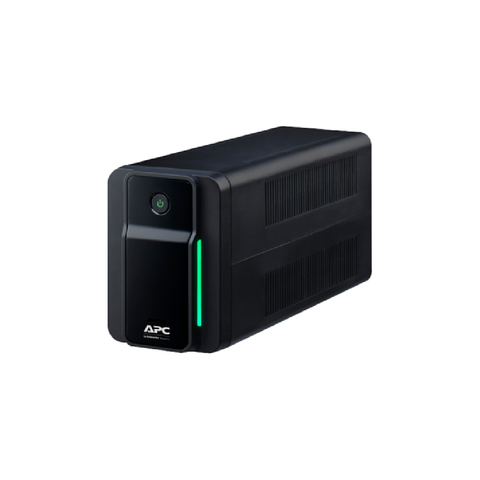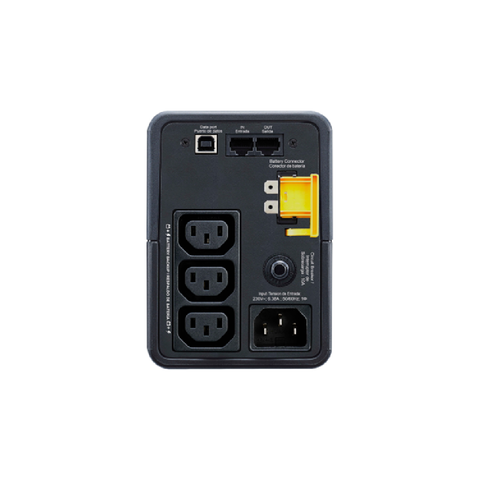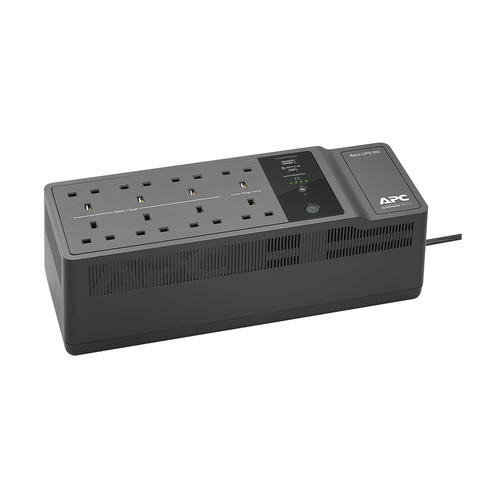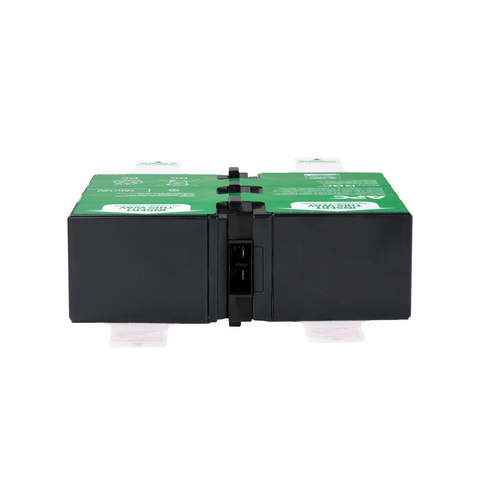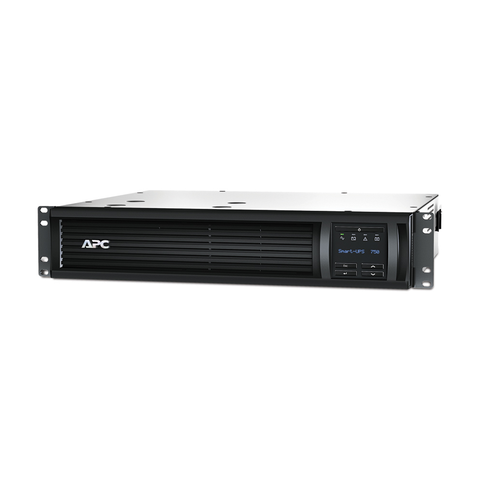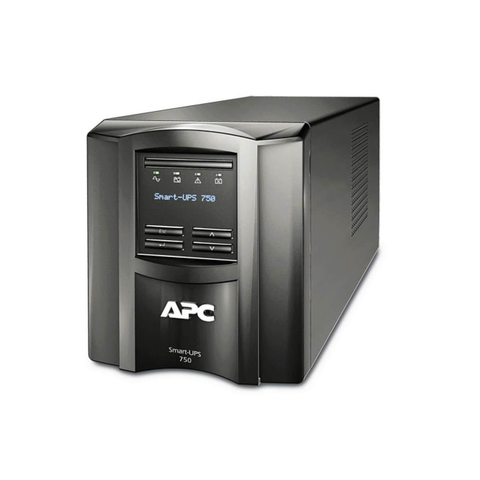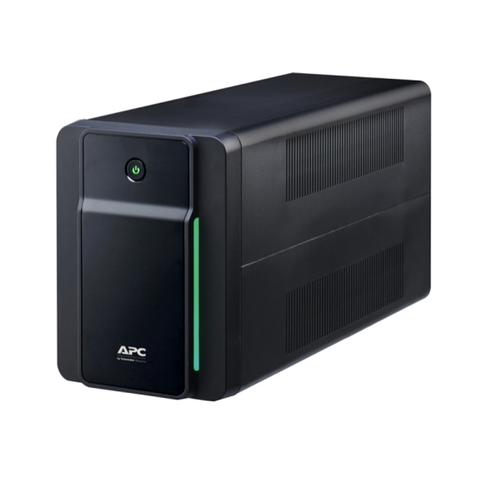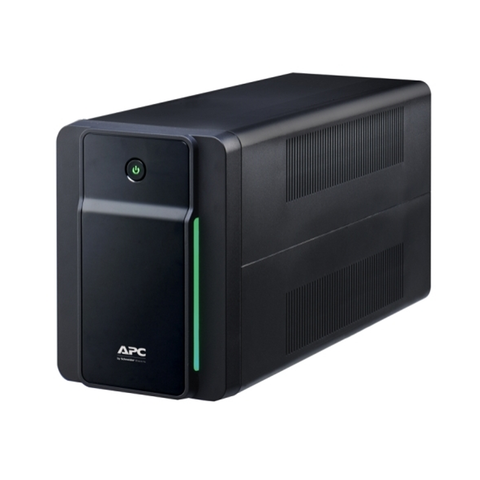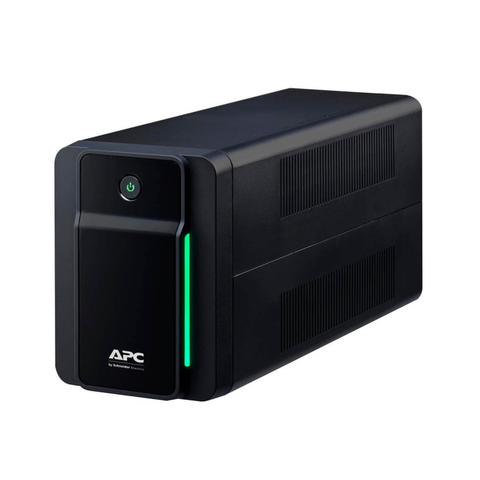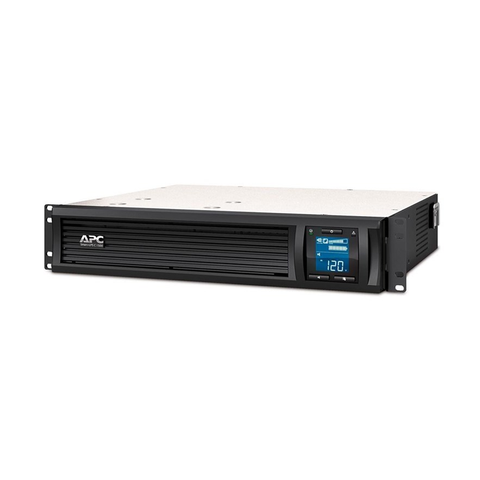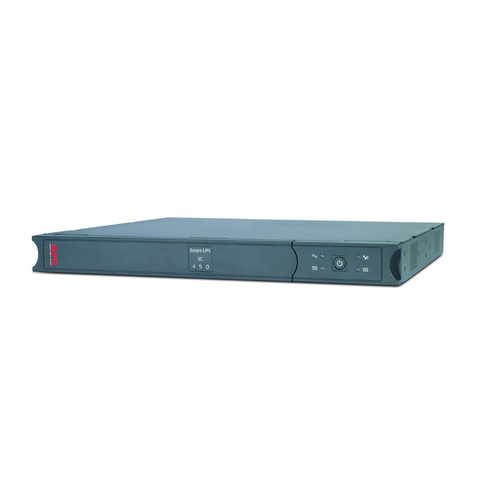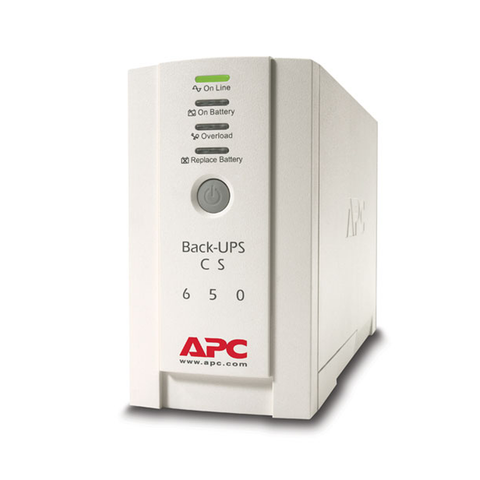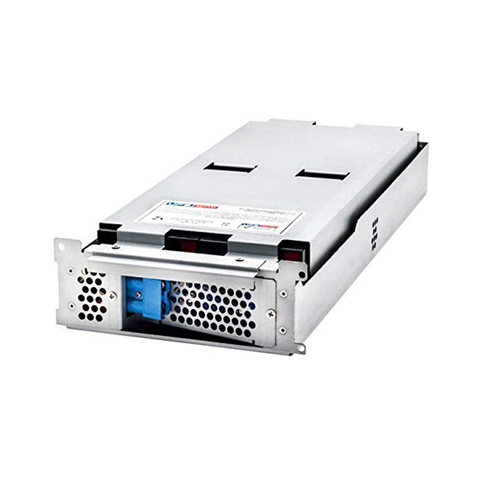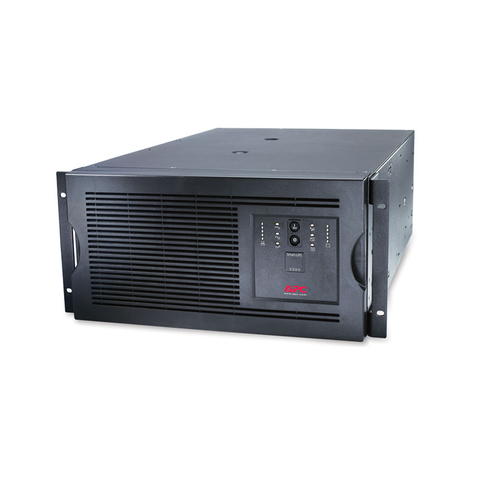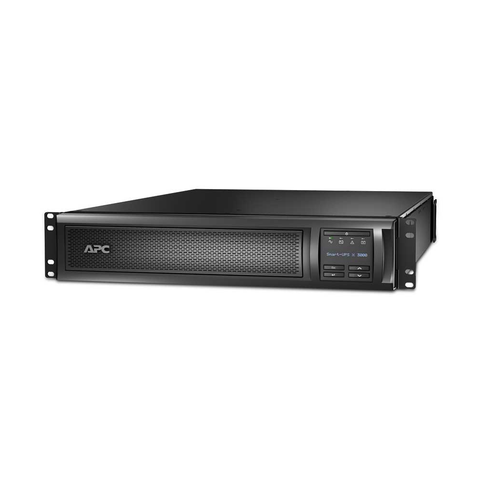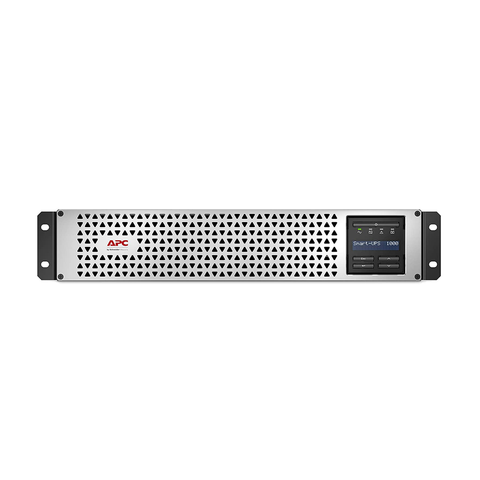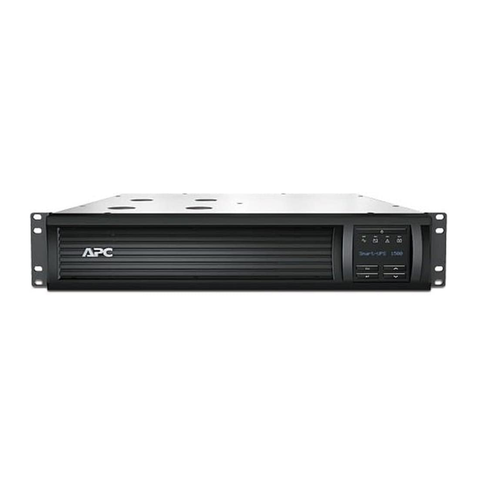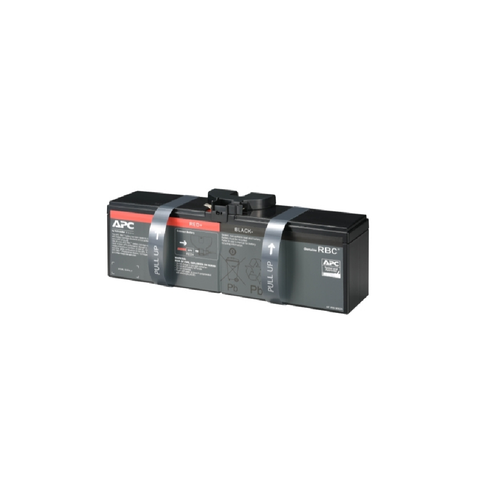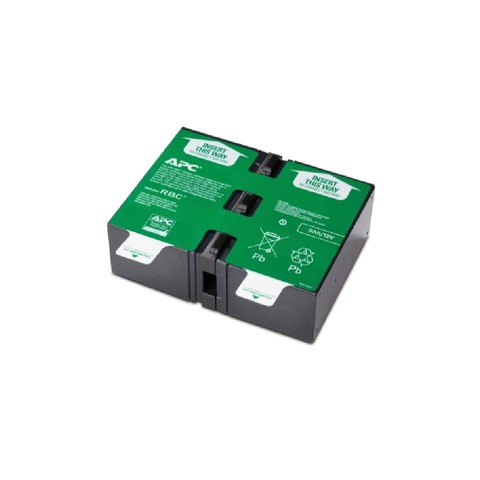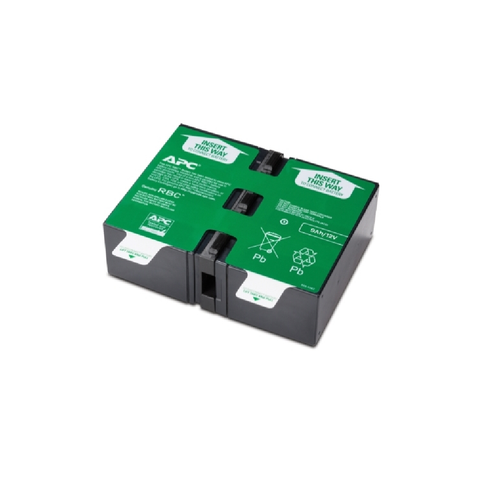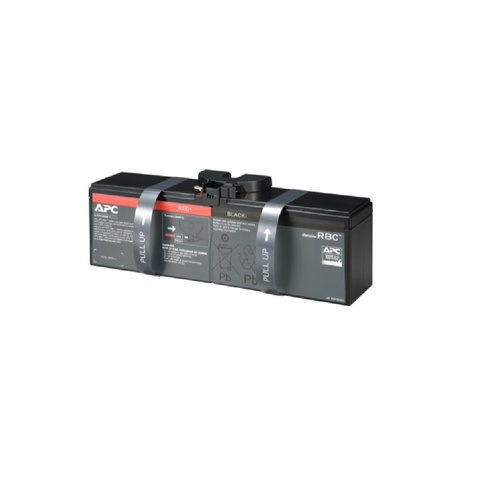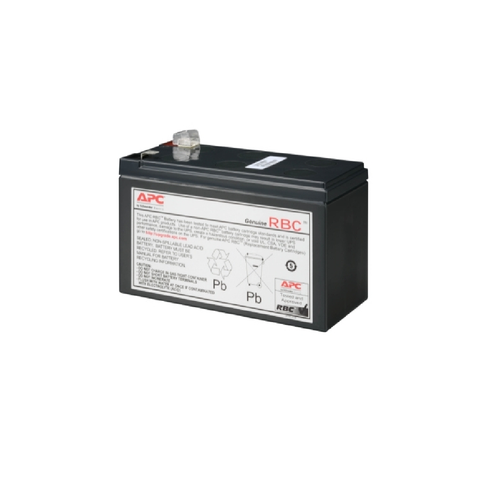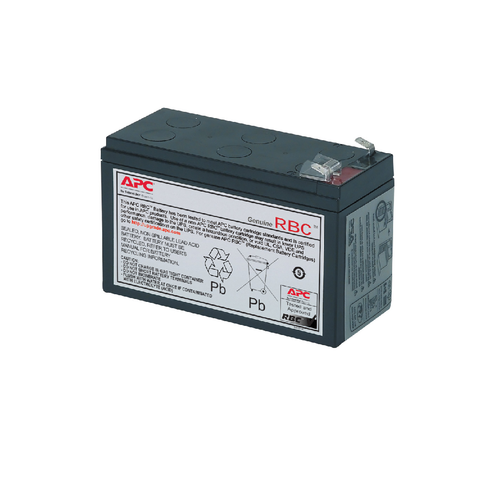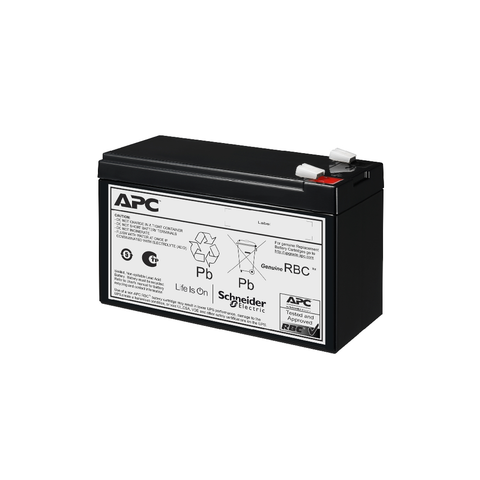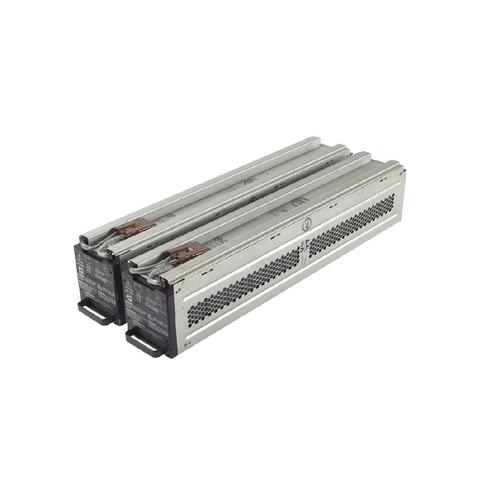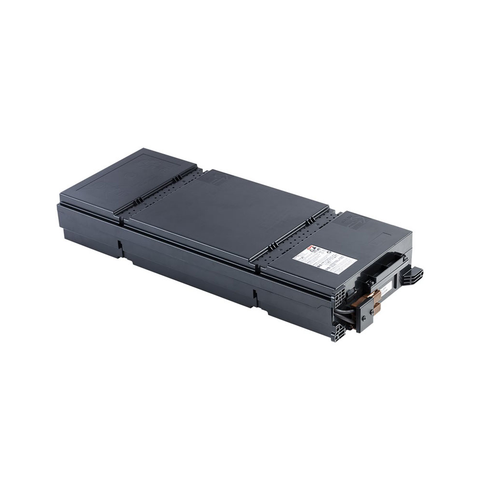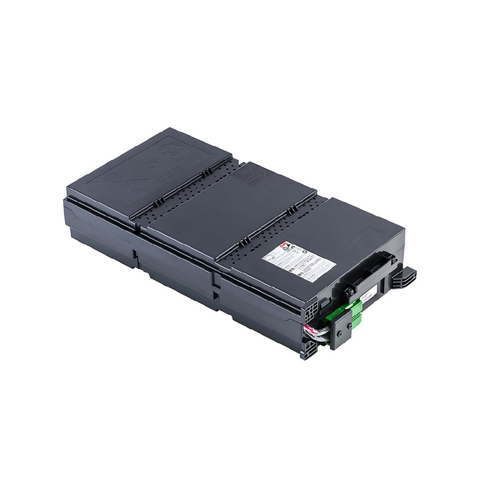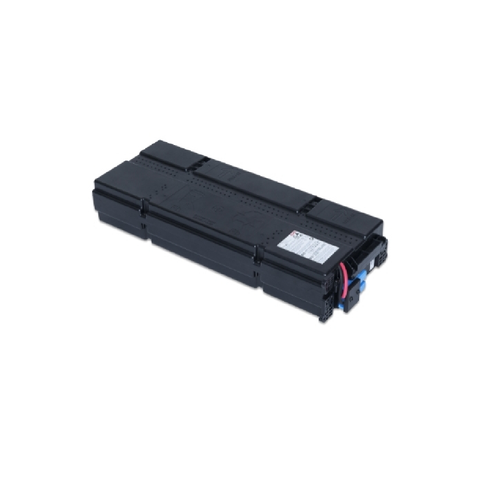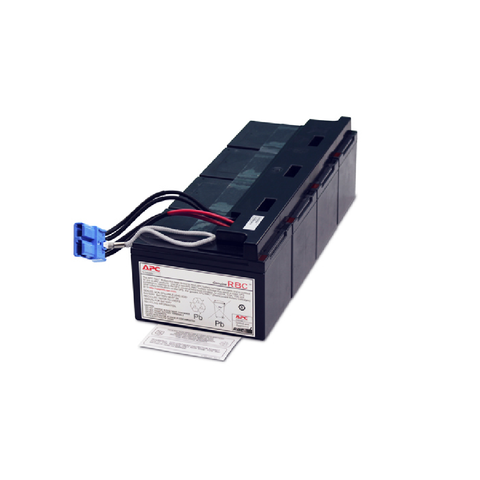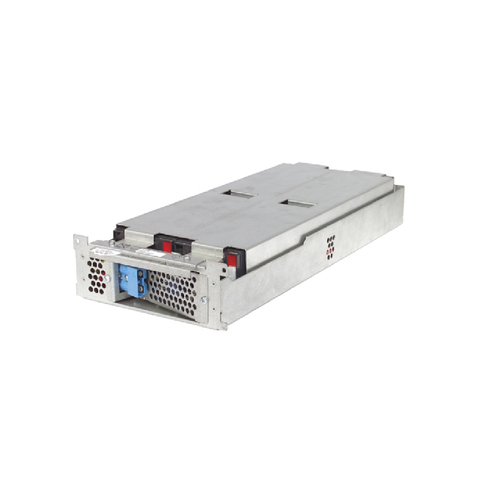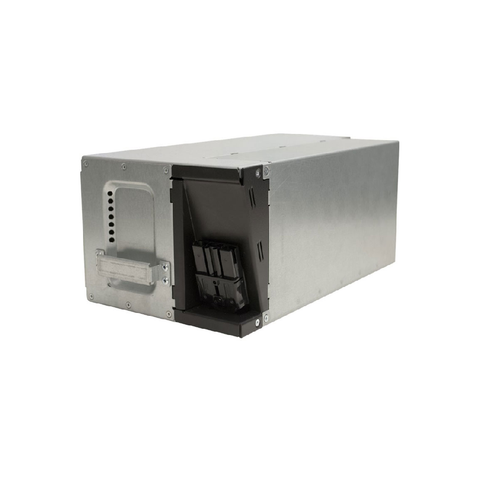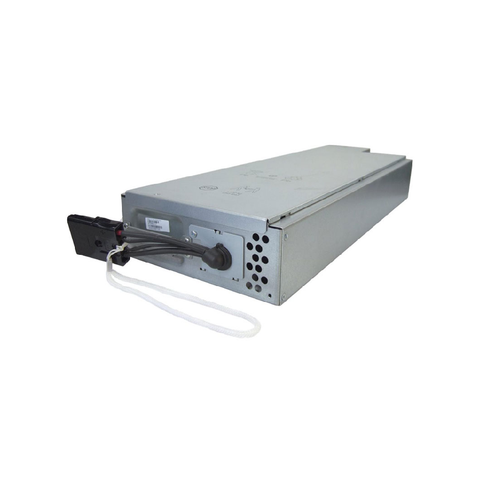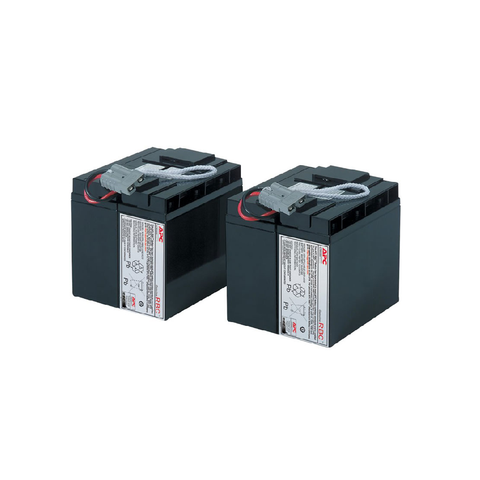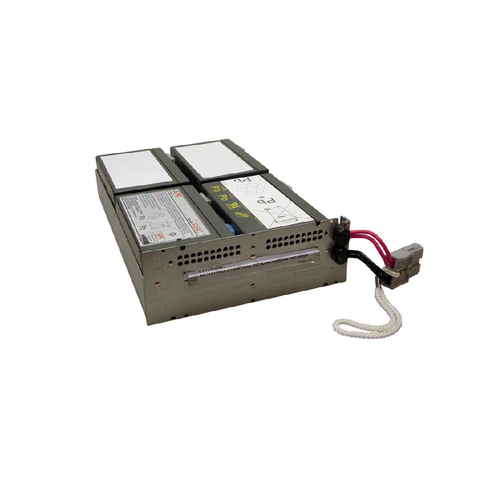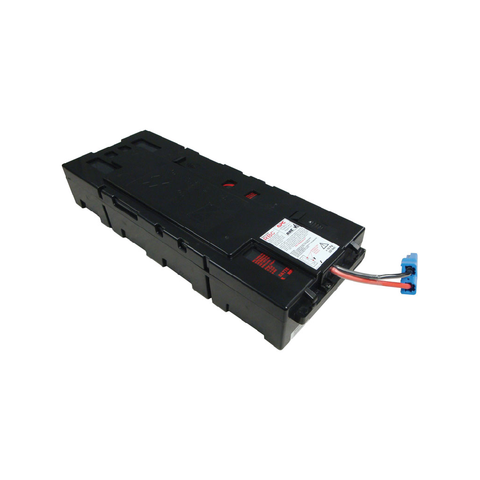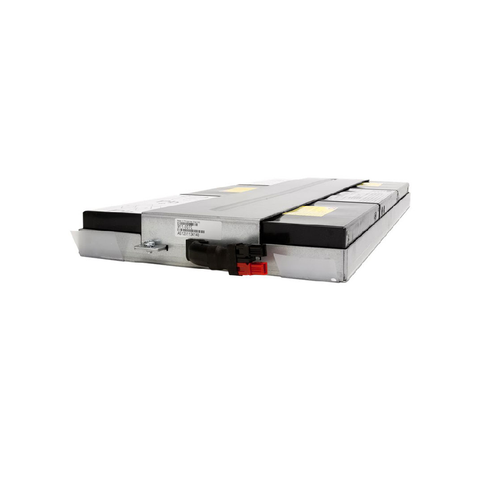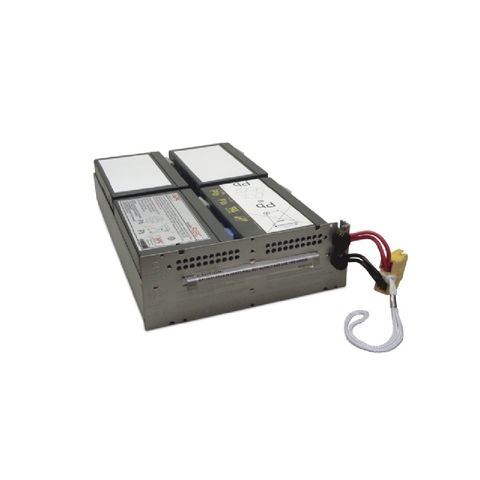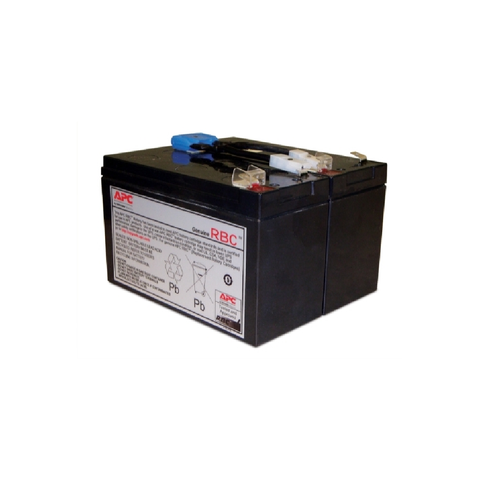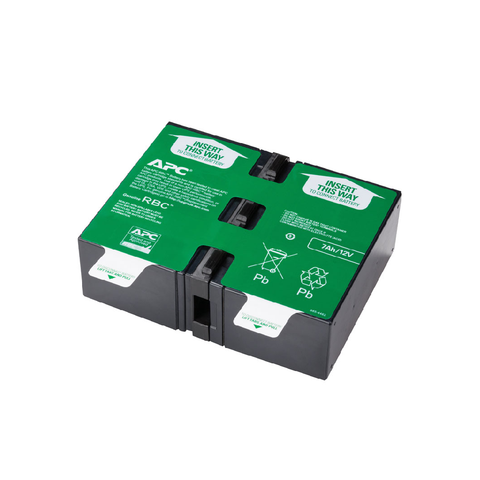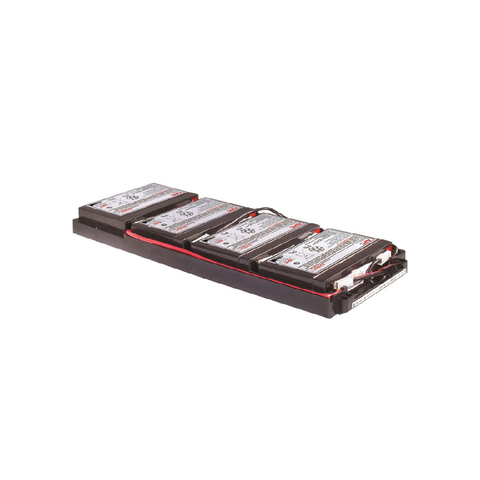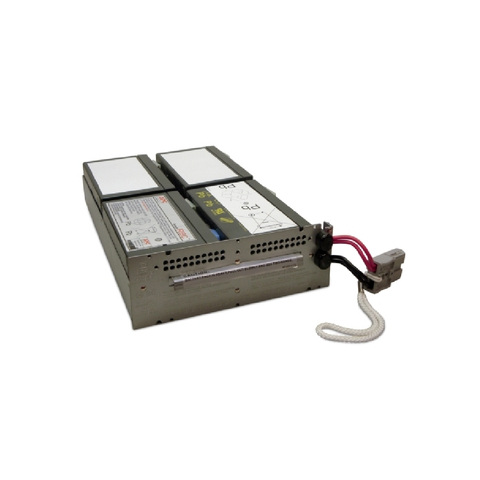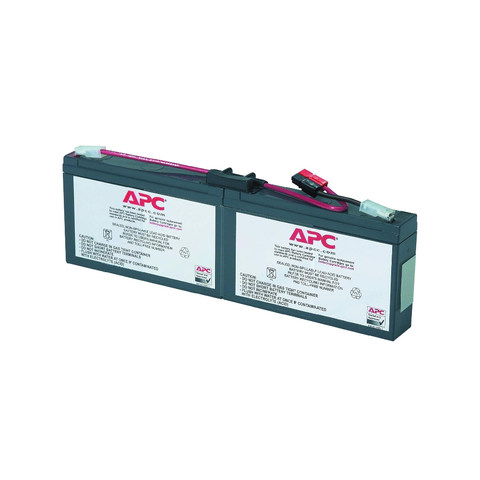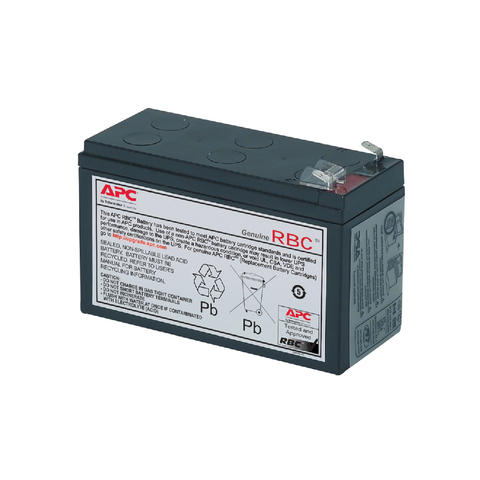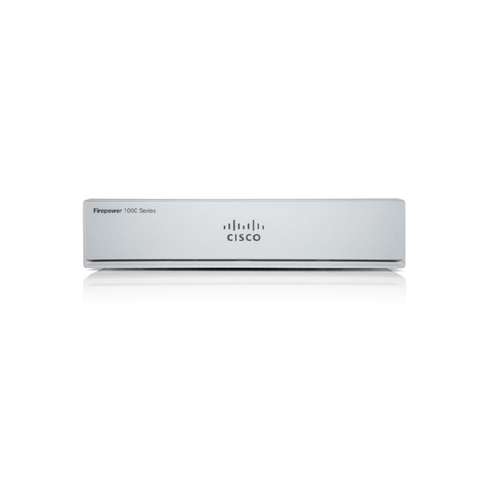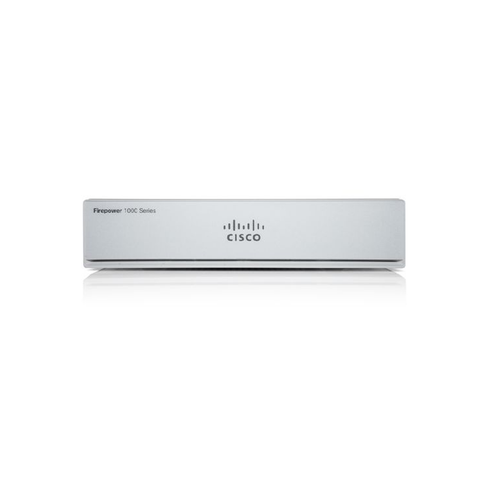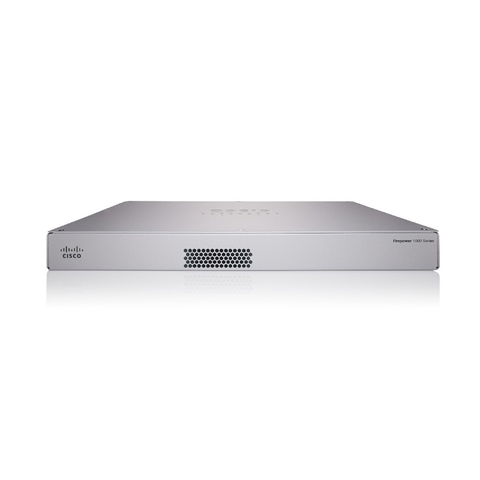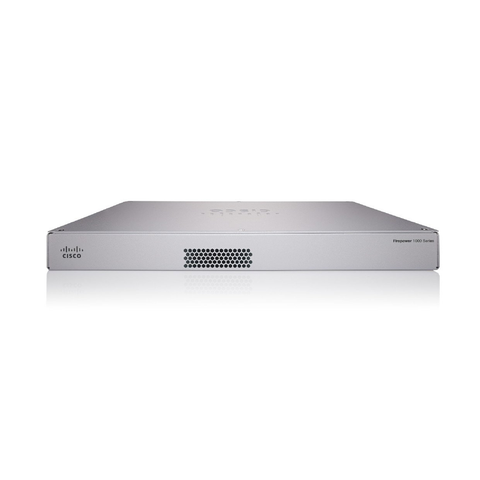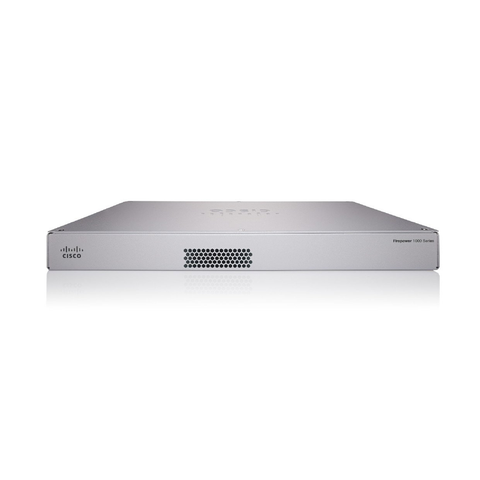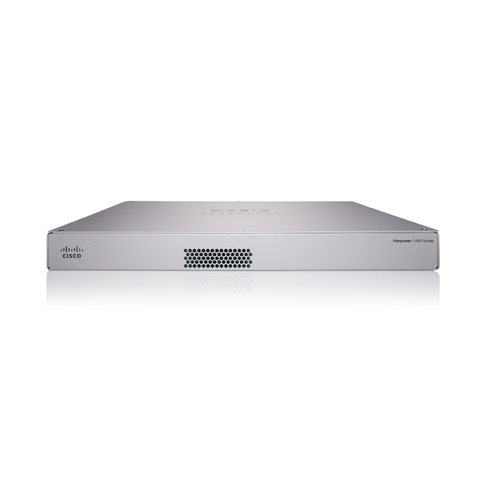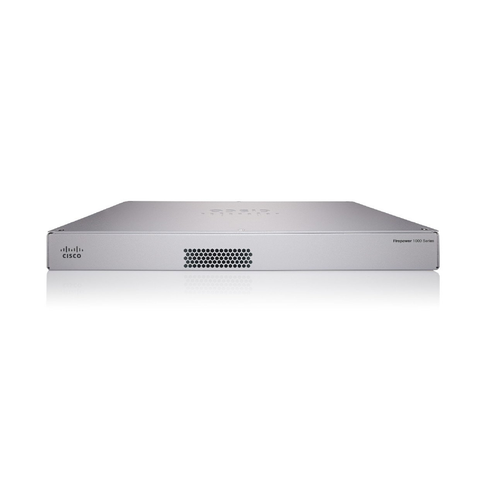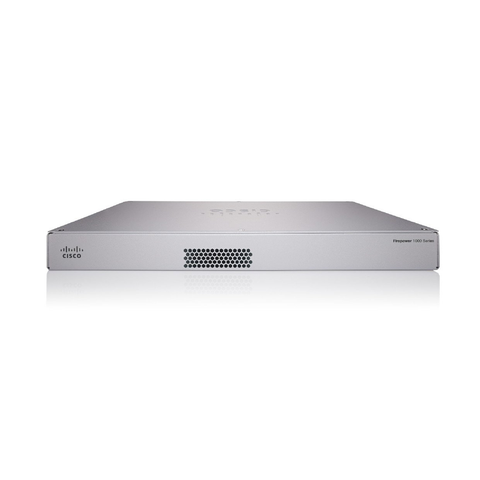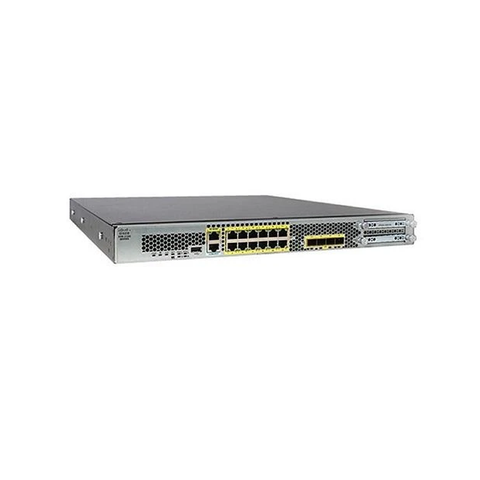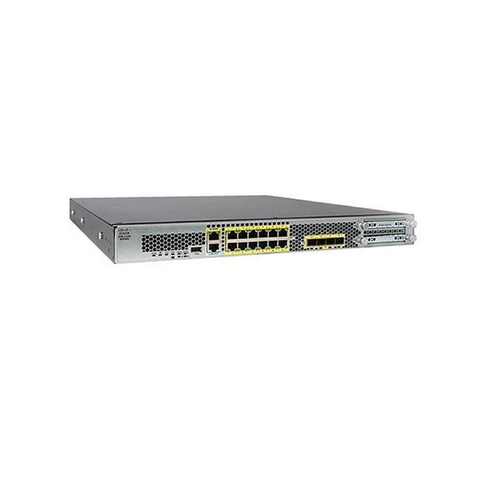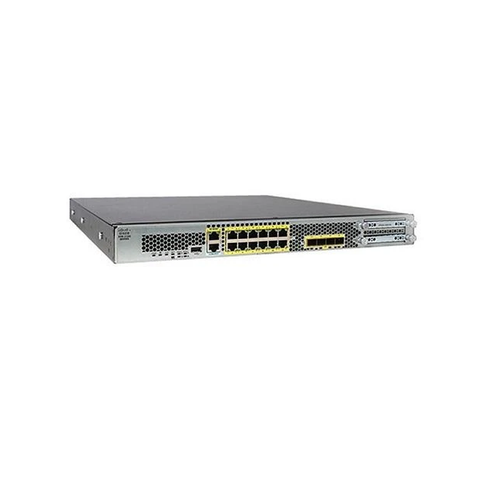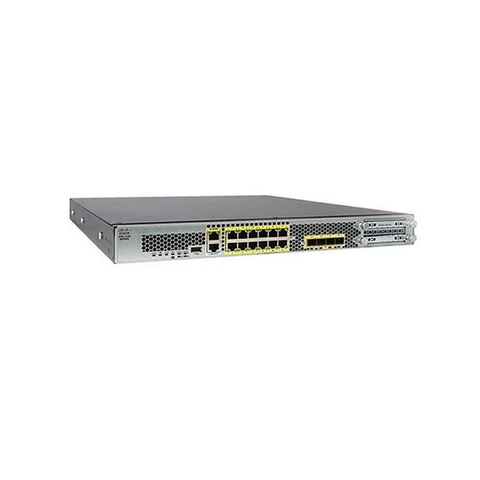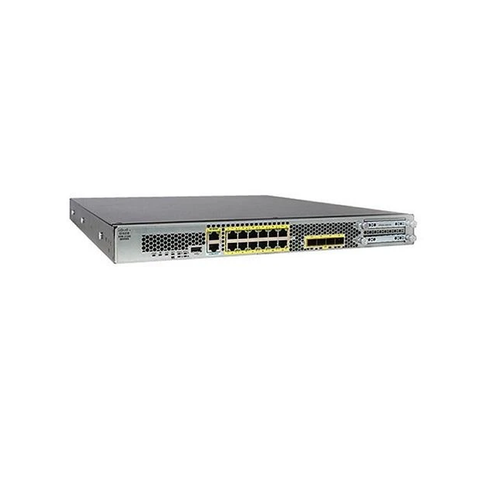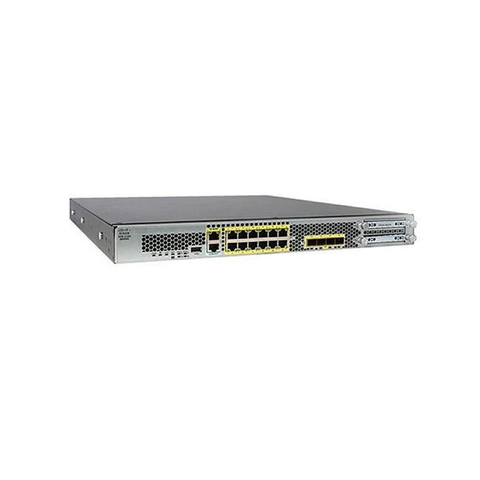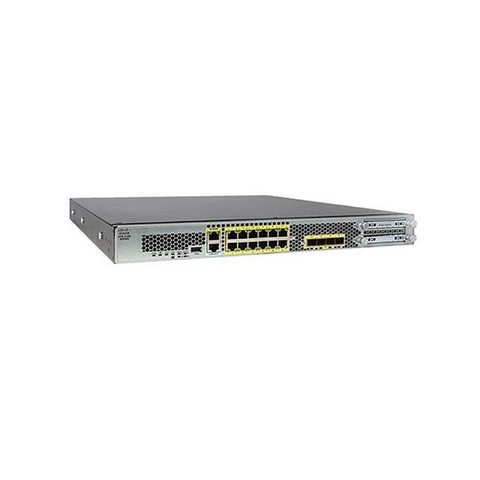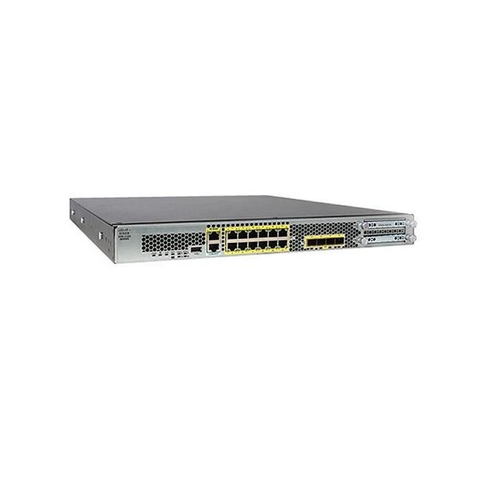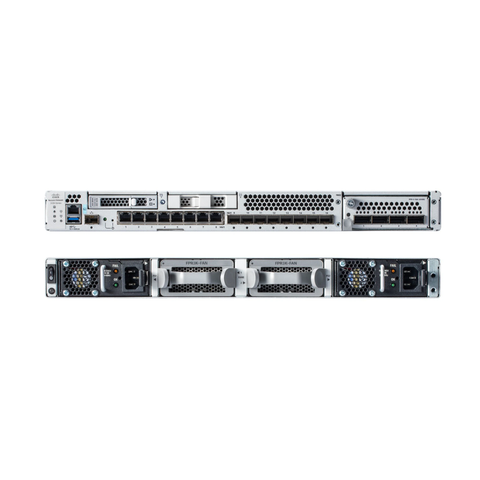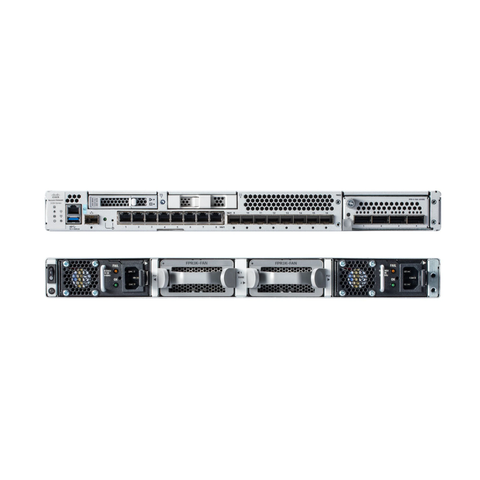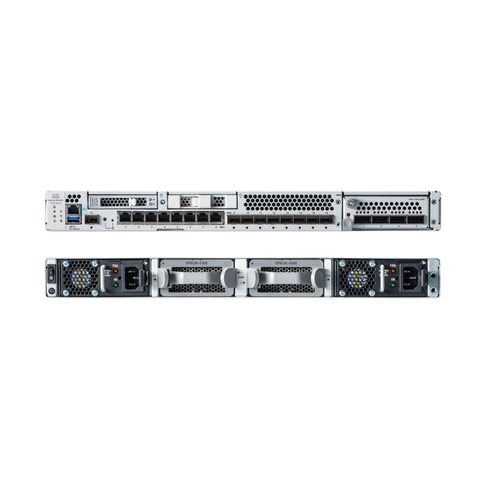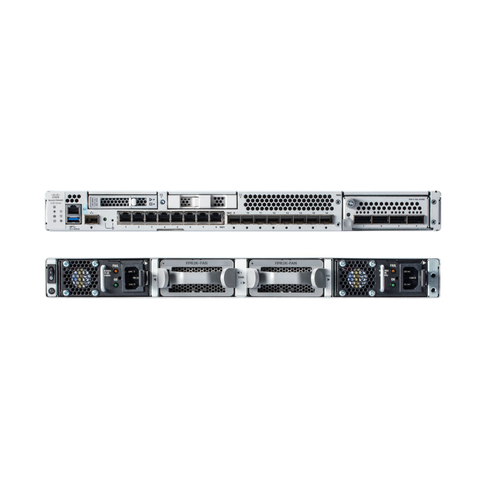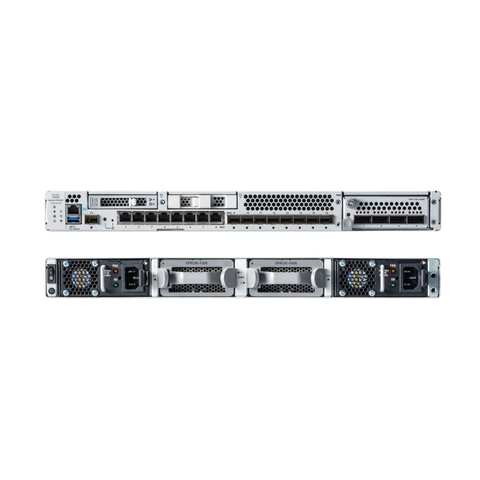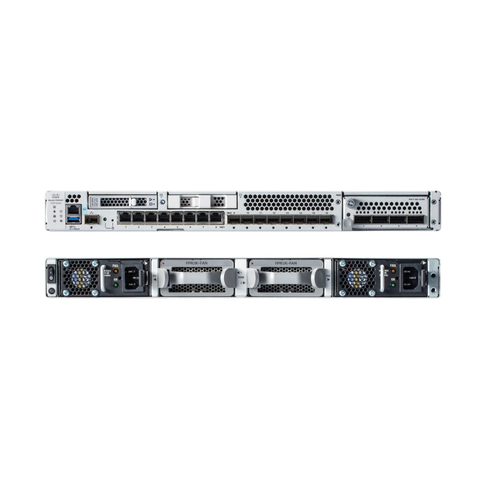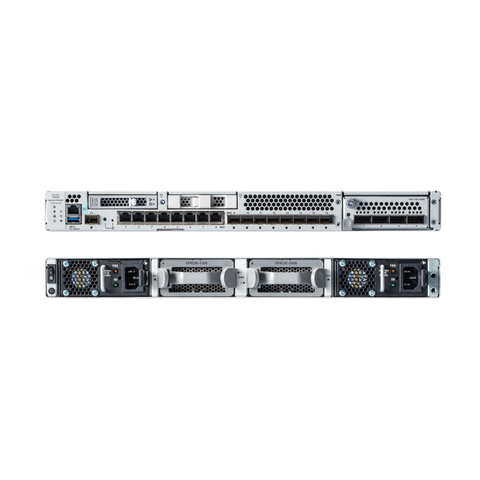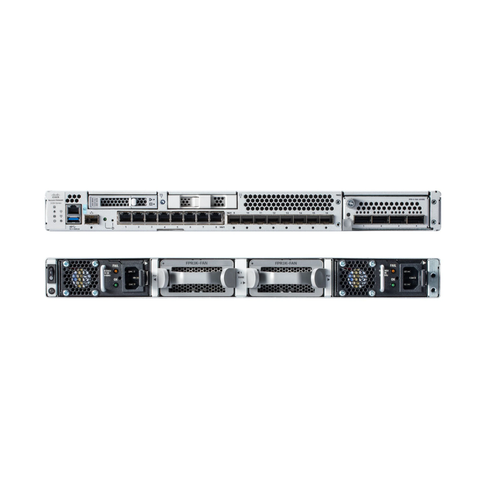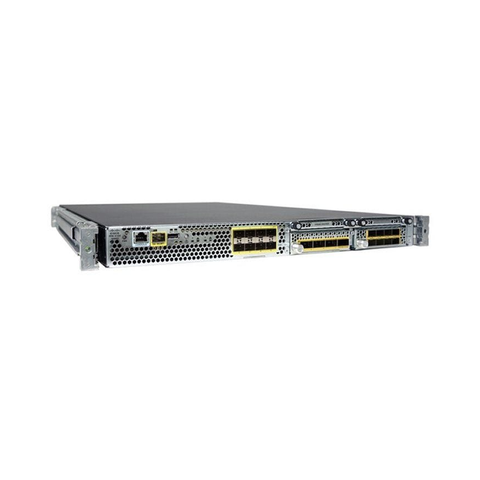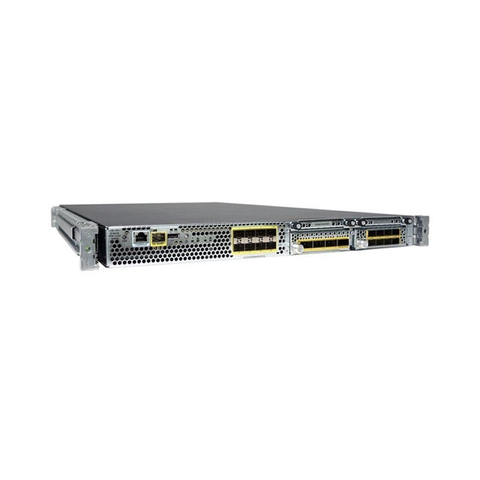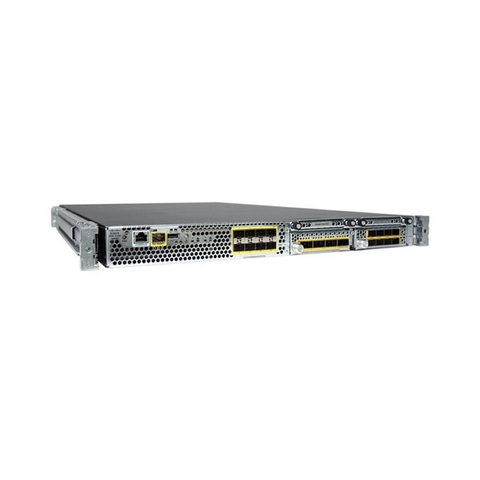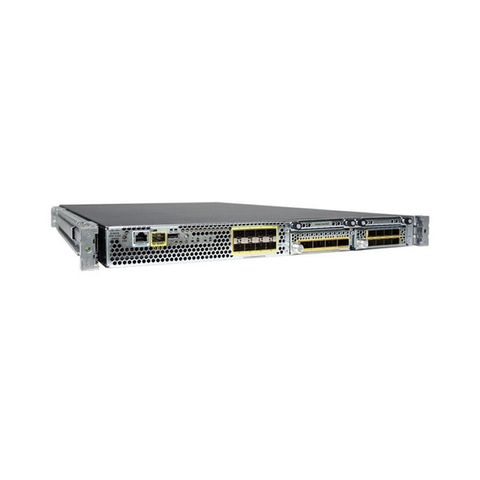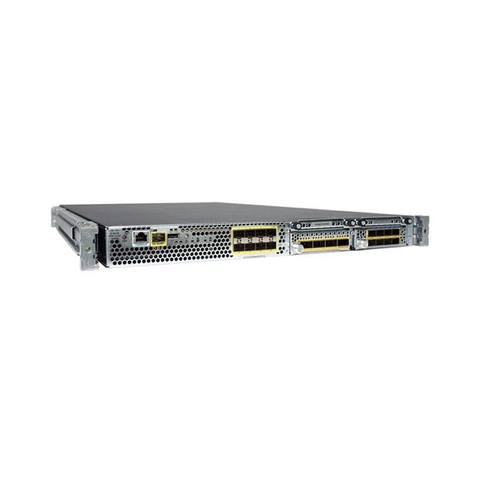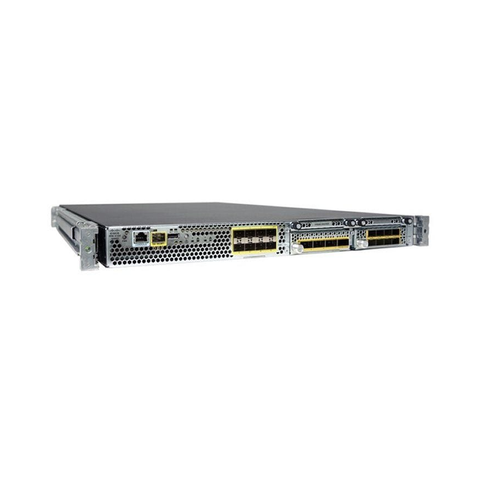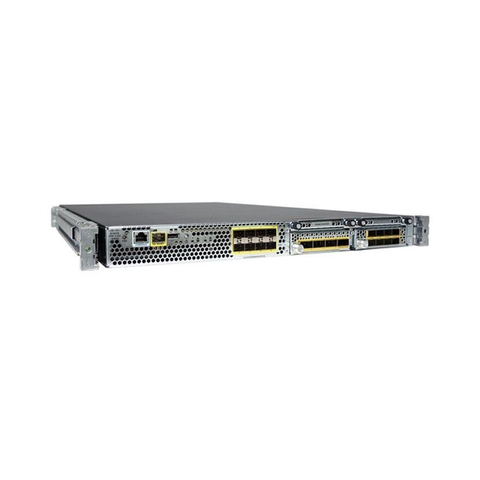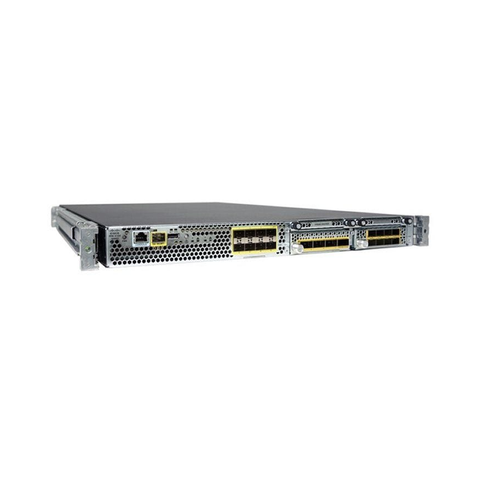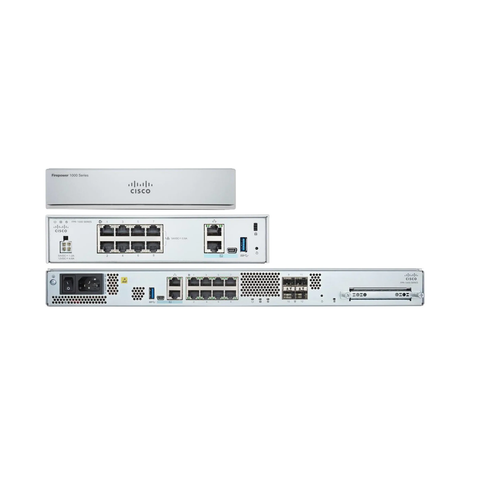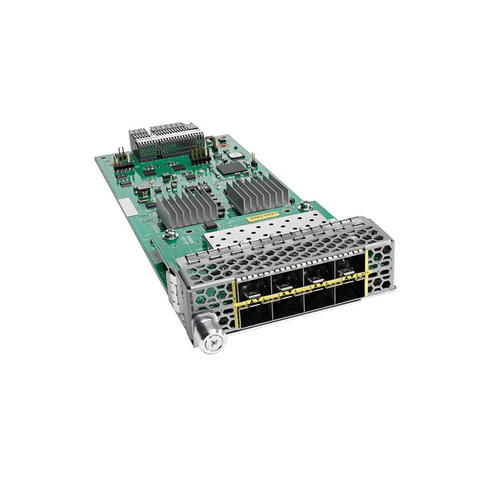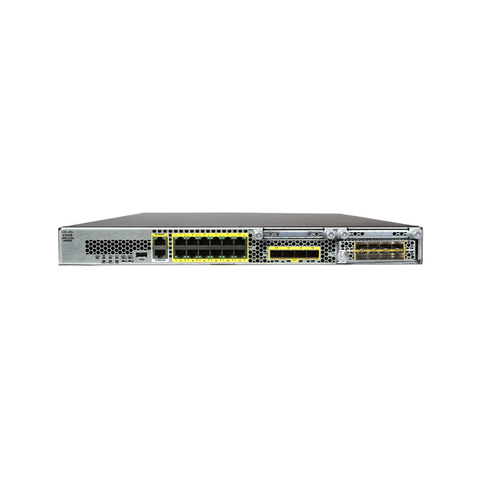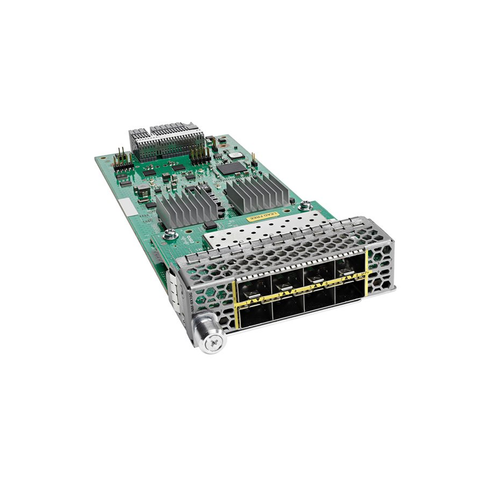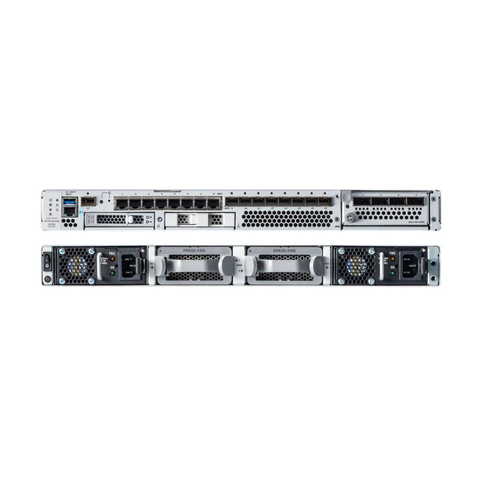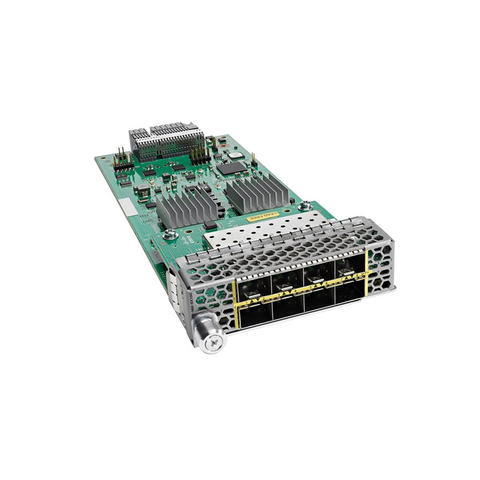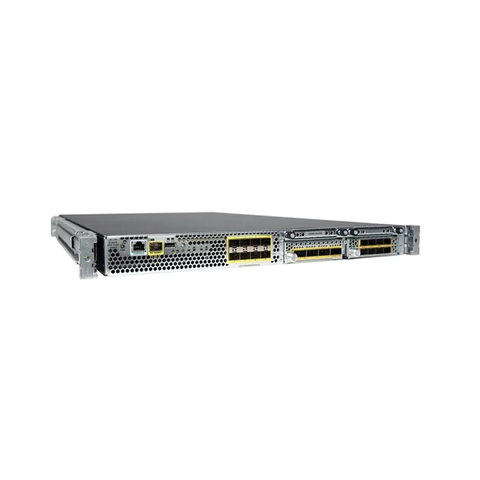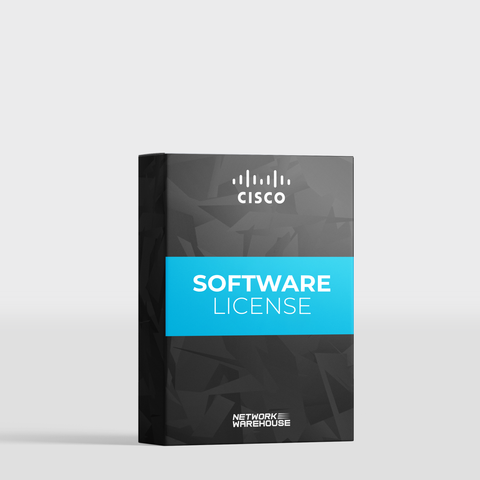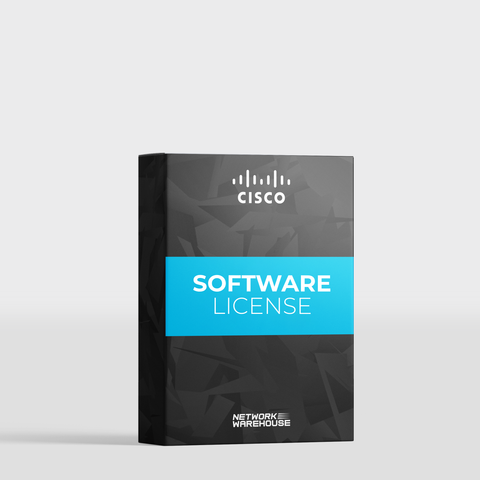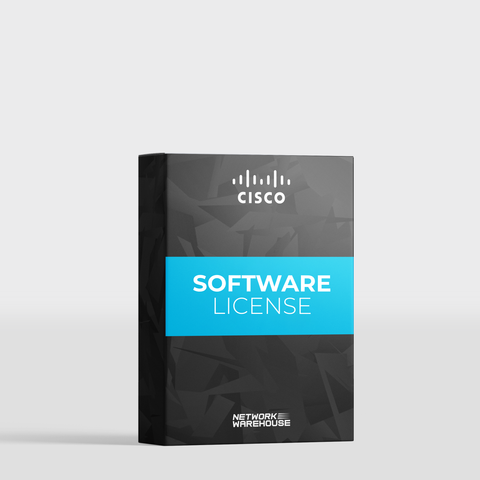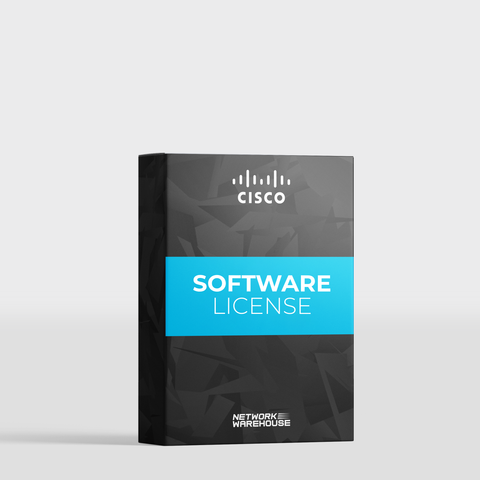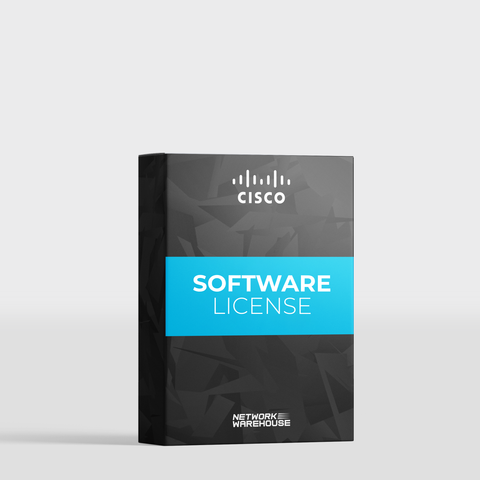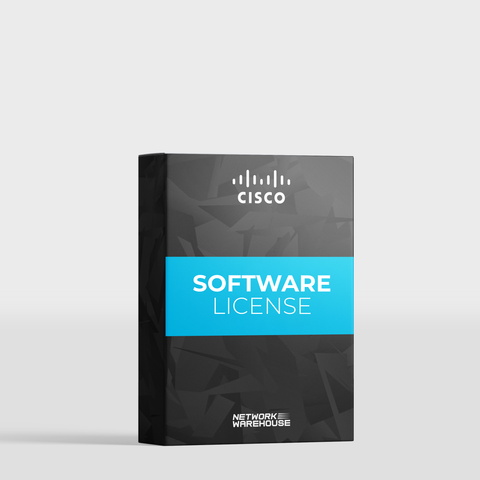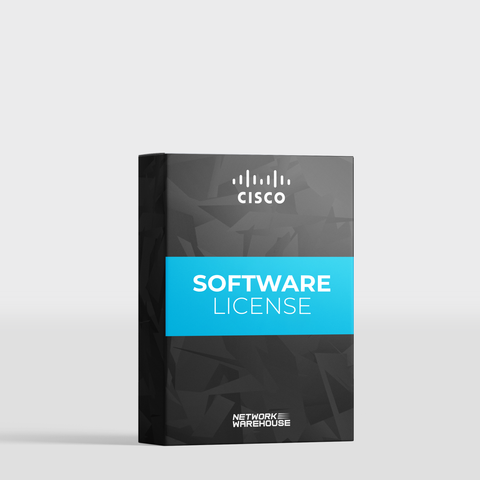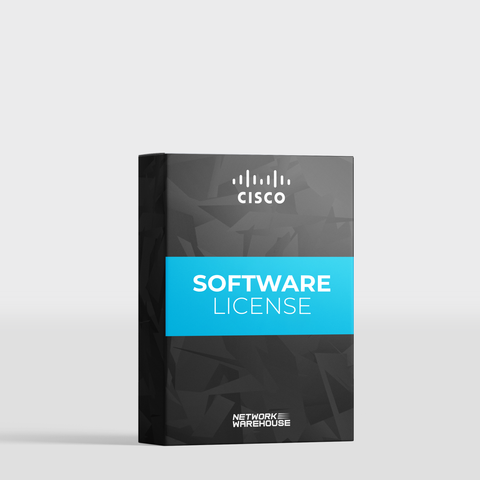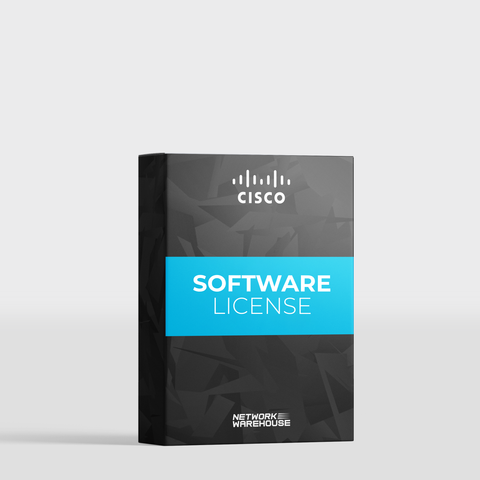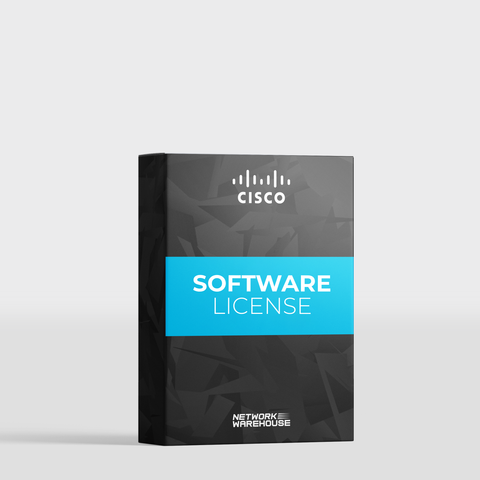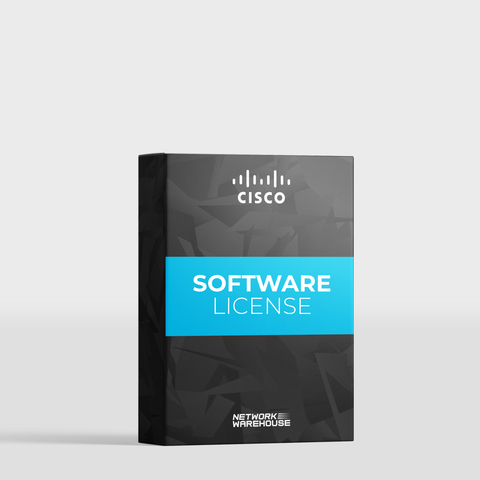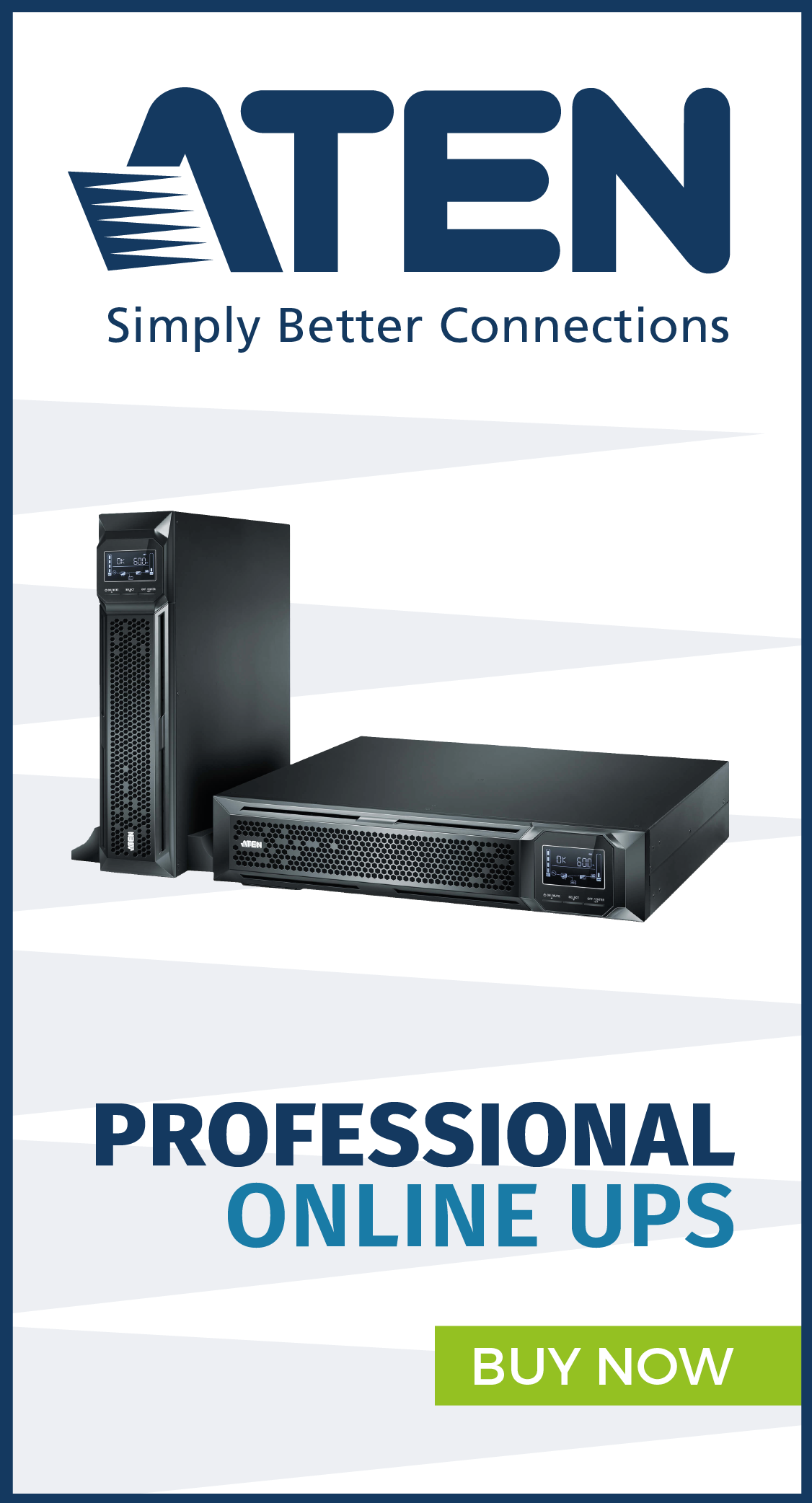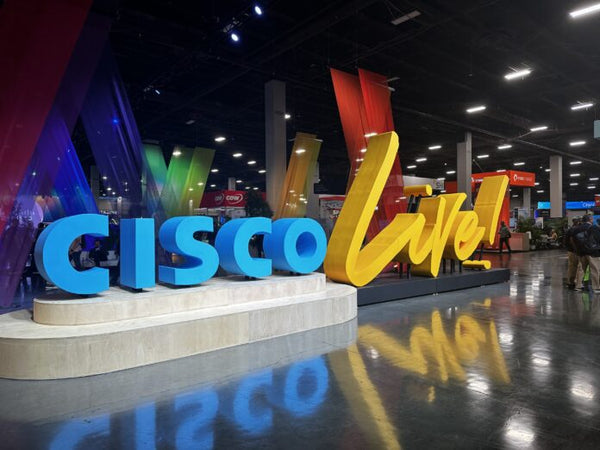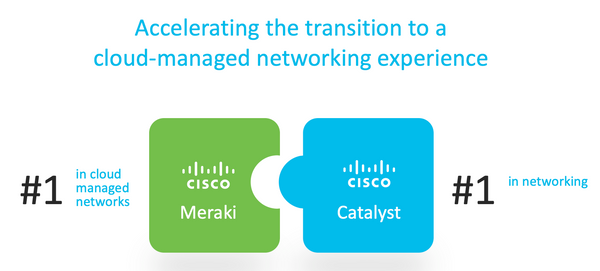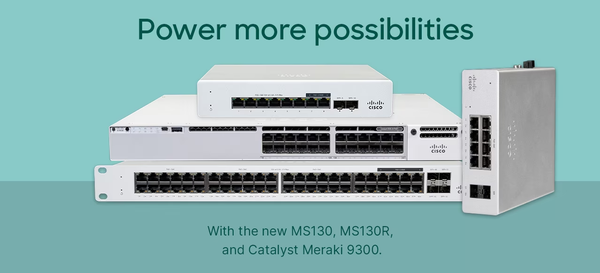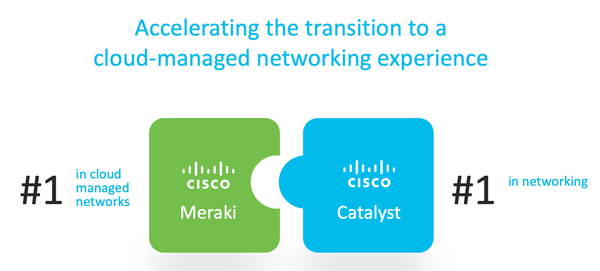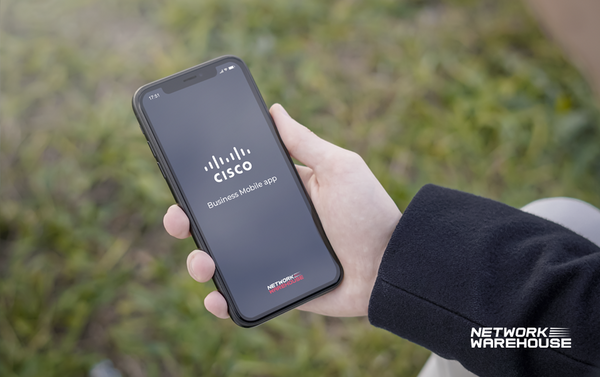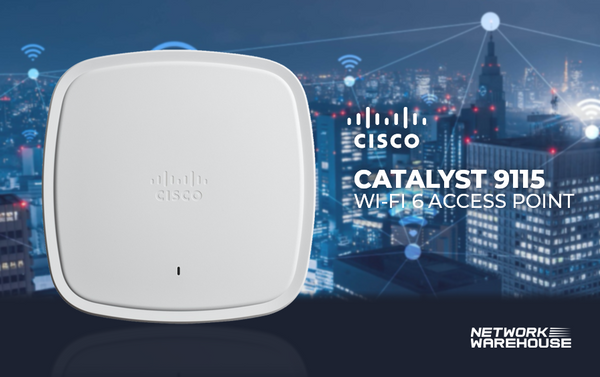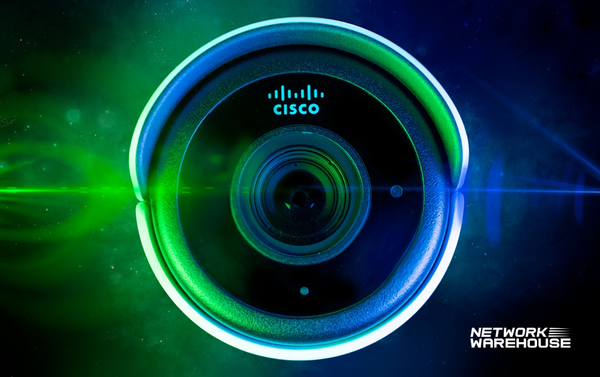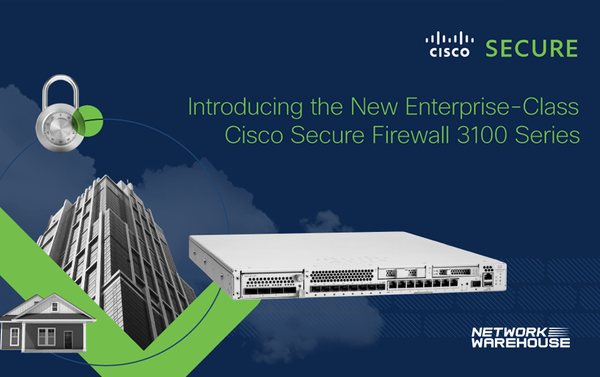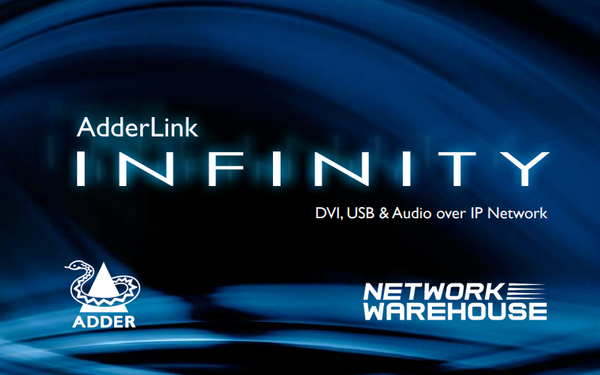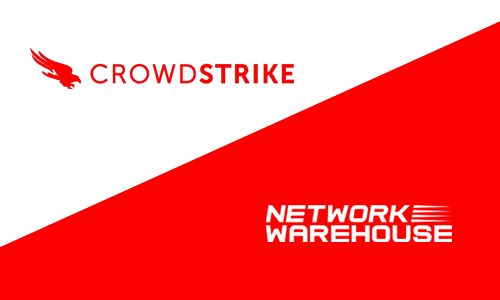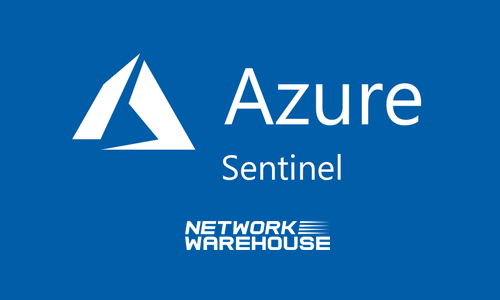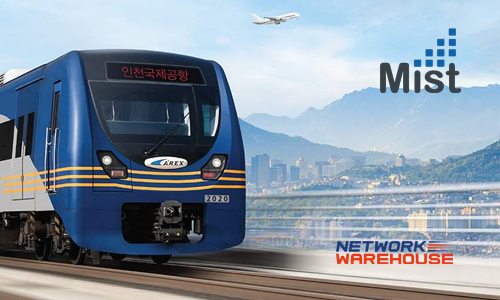all categories
-
SHOP CISCO
-
Cisco Switches
-
Cisco Business 110 Series
-
Cisco Business 220 Series
-
Cisco Business 250 Series
-
Cisco Business 350 Series
-
Cisco Catalyst 1000 Series
-
**NEW** Cisco Catalyst 1200 Series
-
**NEW** Cisco Catalyst 1300 Series
-
Cisco Catalyst 9200 Series
-
Cisco Catalyst 9200L Series
-
Cisco Catalyst 9200CX Series
-
Cisco Catalyst 9300 Series
-
Cisco Catalyst 9300L Series
-
Cisco Catalyst 9300X Series
-
Cisco Catalyst 9400 Series
-
Cisco Catalyst 9500 Series
-
Cisco Catalyst 9600 Series
-
Cisco Business 110 Series
- Cisco Firewalls
- Cisco Routers
- Cisco Access Points
-
Cisco Wireless Controllers
-
Cisco Aironet Wireless
- Cisco Phones
-
Cisco Switches
-
SHOP CISCO NEXUS
-
Cisco Nexus 9200 Series
-
Cisco Nexus 9300-EX Series
-
Cisco Nexus 9300-FX Series
-
Cisco Nexus 9300-FX2 Series
-
Cisco Nexus 9300-FX3 Series
-
Cisco Nexus 9300-FX3S Series
-
Cisco Nexus 9300-FX3P Series
-
Cisco Nexus 9300 ACI Fixed Spline Series
-
Cisco Nexus 9300-GX Series
-
Cisco Nexus 9300-GX2 Series
-
Cisco Nexus 9400 Series
-
Cisco Nexus 9500 Series
-
Cisco Nexus 9800 Series
-
Cisco Nexus 9200 Series
-
SHOP MERAKI
-
Meraki Go
-
Meraki Switches
-
**NEW** Meraki MS130 Series
-
**NEW** Meraki Catalyst 9300 Series
-
Meraki MS120 Series
-
Meraki MS125 Series
-
Meraki MS210 Series
-
Meraki MS225 Series
-
Meraki MS250 Series
-
Meraki MS350 Series
-
Meraki MS355 Series
-
Meraki MS390 Series
-
Meraki MS410 Series
-
Meraki MS425 Series
-
Meraki MS450 Series
-
**NEW** Meraki Catalyst 9300X Series
-
**NEW** Meraki MS130 Series
-
Meraki Access Points
-
Meraki Security Appliances
-
Meraki Cellular Gateways
-
Meraki Security Cameras
-
Meraki Sensors
-
Meraki Licensing & Support
- Meraki Accessories
-
Meraki Go
- SHOP ARUBA
- SHOP APC
-
SHOP JUNIPER MIST
APC UPS DEALS!
Great Deal
Aten PDU's
your product's name
your product's name
your product's name
your product's name
your product's name
your product's name
your product's name
your product's name

Latest News
Creating a Long-Term Strategy for Secure Remote Work
By Kamden Schewitz, Dec '23 Keep distributed teams connected and secur...
Read moreCisco Live 2023: Cross-Product Integration
By Zeus Kerravala, 2023 At Cisco’s global user event, Cisco Live, held recen...
Read morePower meets simplicity with the Meraki Catalyst 9300-M
By Minyi Pan, October 2023 In our recent blog announcing new Meraki cloud-ma...
Read moreOnboard your Cisco Catalyst Switches in the Meraki Dashboard today
By Alphonsine Anderson, 2023 Cisco Catalyst (IOS-XE) coming to the Meraki Clo...
Read morePowering New Customer Experience Possibilities
By Tony Carmichael, 2023 Check out the new Cisco Meraki MS130, MS130R, and Ca...
Read moreUnifying Security: Elevate Your Zero Trust Strategy with Cisco’s Duo and Cisco Secure Access
By Jeff Yeo, 2023 In the ever-changing landscape of cybersecurity, the concep...
Read moreWatchGuard Achieves the Highest Recognition
WatchGuard has been named Leader in the latest G2 Grid Report and honored wi...
Read moreIT Leaders Contend with Secure Multicloud Access – The 2023 Global Networking Trends Report
By Derek Mitsumori, 2023 What do you get when a massively distributed workfo...
Read moreCisco Catalyst Gains ‘Industry-Changing’ Simplicity With Meraki Cloud Management Option
The tech giant announces a breakthrough in network management at Cisco Live 2...
Read moreMeraki Go Router Firewall Plus Is The Smart And Easy Way To Secure A Network
If you run a business, you’ll know it’s vital to protect your network and its...
Read moreCisco collaborates with Mazak to innovate in sustainable manufacturing
Working together to build a bridge between productivity and sustainability. “...
Read moreSimplify Security with Managed Cloud Video Surveillance
Maximize business intelligence and adapt to the shifting tech landscape. Chal...
Read moreCisco helps Starbucks brew up efficiency through network automation
A full stack Meraki solution for premium customer experience. It was a relief...
Read moreSee beyond Believing with Smart Cameras
Leveraging video intelligence for agile factories As manufacturers large and ...
Read moreThe best cyber-defense? An analyst who understands offense
Lurene Grenier knows how to build a cyberweapon. Good thing she’s on Cisco’s ...
Read moreCisco Business Mobile app
The Cisco Business Mobile app lets you set up and control your Cisco Business...
Read moreCisco Business Wireless app
The Cisco Business Wireless Mobile app lets you set up and control your Cisco...
Read moreMapping the Way to a More Connected Community
Tech trends and solutions to help steer your journey Over the last decade, ...
Read moreNetworking Demystified: Why Wi-Fi 6E is Hot and Why You Should Care
Wi-Fi 6E is here and the worldwide Wi-Fi community is buzzing about it. But ...
Read moreTop Tech Trends Driving Retail Customer Experiences
Blend e-commerce convenience with in-store tactics for five-star experiences ...
Read moreAccelerating a revolution in autonomous travel
Powered by Cisco, Oxbotica’s AI platform is changing how the earth moves. Whe...
Read moreIntroducing a New Dashboard Landing Experience
Simple, not basic “Everything should be made as simple as possible, but not s...
Read moreTransform your network operations with the cloud-delivered power of Nexus Cloud
In this blog I will delve into details of the new Cisco Nexus Cloud, which g...
Read moreTransforming Hotel Operations with Smart Technology
Increased efficiencies ensure hotel facility managers rest easy at night Thin...
Read moreWiFi 6, for the next wave in ubiquitous connectivity
Cisco’s WiFi 6 solutions are supporting a secure, fast, low-latency future. I...
Read moreBuild Smarter Experiences with Cloud-Managed Networking
Cloud-managed networking has emerged as a critical solution for IT leaders w...
Read moreHyperconnectivity with steady performance in demanding environments
Hyperconnectivity with steady performance in demanding environments. Exponen...
Read moreGraduate to Elevated Campus Experiences
Five ways IoT technologies can modernise IT, facilities, and operationsAs un...
Read moreHow privacy became mission critical
“It’s a really exciting time to be in the privacy field,” said Harvey Jang, ...
Read moreHow to Amp Up Guest Experiences—and Profits
Hospitality industry uses tech infrastructure to boost loyalty, revenue, and ...
Read moreBreaking Up with Radio Waves: Why LiFi Is a Great Solution for Wireless Networks
Today, virtually all non-wired Internet connections – including cellular net...
Read moreCollaboration changing the Hybrid Workplace
In early 2020, Enterprises had to switch to remote work almost overnight. As...
Read moreModernising your Manufacturing with The UK's No.1 Cisco & Meraki Authorised Partner
Three Meraki solutions to future-proof your factory Prior to the pandemic, ma...
Read moreA Smart Camera to go the Distance
Details matter, especially when it comes to safety and security. Was that an...
Read moreAll the Details on Smart Workplace Technology
What you need to know and why you should careWhether you’re looking to scale...
Read moreThe Wait is Over for Secure Firewall 3100 Series
Always Give More If we learned one thing from our firewall customers over th...
Read moreCisco SD-Access in Healthcare-A Comprehensive Secure Access Solution for a Changing Industry
The healthcare industry is undergoing unprecedented change. The pandemic has...
Read moreMeeting Europe’s 2030 Digital Decade Targets
Cisco’s Vision for Powering the Internet of the Future The pandemic has high...
Read moreCisco Secure Endpoint goes Pro
Cyberattacks hit organizations every day. Attackers continue to develop new...
Read more6 Ways a Better Network Helps Offices Grow Stronger, Faster
The right network enables you to evolve and emerge from uncertainty stronge...
Read moreNETWORK WAREHOUSE SIGN AGREEMENT WITH ADDER TECHNOLOGY
Network Warehouse have recently signed a global distribution agreement wit...
Read moreNETWORK WAREHOUSE START STOCKING CISCO MULTI PLATFORM IP/SIP PHONES
In an effort to provide home workers with business or even enterprise service...
Read moreNETWORK WAREHOUSE JOIN FORCES WITH SECURITY MARKET LEADER CROWDSTRIKE
Network Warehouse are exited and proud to announce our all new partnership wi...
Read moreWHY SECURING THE DNS LAYER IS CRUCIAL TO FIGHT CYBER CRIME
Domain name system security is often overlooked by organisations, but focusin...
Read morePULSE SECURE DELIVERS VPN AND QUARANTINE MANAGEMENT IN INTEGRATED SOLUTION DEPLOYED BY PERSOL GROUP
With Pulse Connect Secure, PERSOL Group takes first step towards Zero Trust a...
Read moreDOUBLE EXTORTION ATTACKS AND HOW TO STOP THEM
As ransomware attacks increase, hackers are diversifying their tactics to get...
Read moreNetwork security in 2020 highlights zero trust, SD-branch
In this roundup of networking blogs, experts explore various aspects of netwo...
Read more3 ways to prevent DDoS attacks on networks
DDoS attacks on networks can result in devastating and expensive damage for o...
Read moreMicrosoft: Azure-based Sentinel security gets new analytics to spot threats in odd behavior
The new feature gives enterprise cloud customers another reason to send more ...
Read moreSouth Korea’s Airport Railroad Express Selects Juniper Networks’ AI-Driven Solutions To Build Its All-IP Based Communications Network For Smarter And Safer Operations
Juniper MX Series Routers and EX Series Switches driven by Juniper Mist AI wi...
Read more
Jon Petanya
Network Administrator
Great customer service which means more to us than just the low prices.
Cisco Nexus 9300 ACI Fixed Spline Series Switch | N9K-C9364C
N9K-C9364C
0
Key Features
- Ports: 64-port 40/100G QSFP28 ports and 2-port 1/10G SFP+ ports
- CPU: 4 Cores
- System Memory: 32 GB
- Solid-State Disk (SSD) Drive: 128 GB
- Shared System Buffer: 40 MB
- Management Ports: 2 (1 x 10/100/1000Base-T and 1 x 1-Gbps SFP)
- USB Ports: 1
- RS-232 Serial Port: 1
- Power Supplies (up to 2): 1200W AC, 930W DC or 1200W HVAC/HVDC
- Typical Power (AC/DC): 429W
- Maximum Power (AC/DC): 1245W
- Frequency (AC): 50 to 60 Hz
- Airflow: Port-side intake or port-side exhaust options
- Physical (H x W x D): 3.38 x 17.37 x 22.7 in (8.59 x 44.13 x 56.58 cm)
- Acoustics: 76.7 dBA at 40% fan speed, 83.7 dBA at 70% fan speed, and 97.4 dBA at 100% fan speed.
-
MTBF: 257,860 hours
Options
Power supplies
Fans
Software
Downloads
Datasheet
Transceiver compatibility tool
About This Product
Industry shifts are redefining IT at all levels. On-premise IT consumption models are shifting to cloud-based services. IT as a Service (IaaS) is supplanted by applications as a service. Separate development and operations are moving toward integrated Development and Operations (DevOps). Device-centric management models are migrating to application-centric management.
Business agility requires application agility, so IT teams need to provision applications in hours instead of months. Resources need to scale up (or down) in minutes, not hours. Traditional approaches take a siloed operational view, with no common operational model for the application, network, security, and cloud teams. A common operational model delivers application agility, simplified operations, assured performance, and scale.
Cisco® Application Centric Infrastructure (ACI) is a holistic architecture with centralized automation and policy-based application profiles. The Cisco ACI fabric is designed from the foundation to support emerging industry demands while maintaining a migration path for architecture already in place. The fabric is designed to support the industry move to management automation, programmatic policy, and dynamic “workload-anywhere” models. The Cisco ACI fabric accomplishes this with a combination of hardware, policy-based control systems, and software closely coupled to provide advantages not possible in other models.
The fabric consists of three major components: the Cisco Application Policy Infrastructure Controller (APIC), spine switches, and leaf switches. These three components handle both the application of network policy and the delivery of packets. Organizations can use the ACI-ready Cisco Nexus® 9000 Series Switches as spine or leaf switches to take full advantage of an automated, policy-based, systems management approach. The Cisco Nexus 9300 Series Switches include both spine and leaf switches.
Key Features
- Ports: 64-port 40/100G QSFP28 ports and 2-port 1/10G SFP+ ports
- CPU: 4 Cores
- System Memory: 32 GB
- Solid-State Disk (SSD) Drive: 128 GB
- Shared System Buffer: 40 MB
- Management Ports: 2 (1 x 10/100/1000Base-T and 1 x 1-Gbps SFP)
- USB Ports: 1
- RS-232 Serial Port: 1
- Power Supplies (up to 2): 1200W AC, 930W DC or 1200W HVAC/HVDC
- Typical Power (AC/DC): 429W
- Maximum Power (AC/DC): 1245W
- Frequency (AC): 50 to 60 Hz
- Airflow: Port-side intake or port-side exhaust options
- Physical (H x W x D): 3.38 x 17.37 x 22.7 in (8.59 x 44.13 x 56.58 cm)
- Acoustics: 76.7 dBA at 40% fan speed, 83.7 dBA at 70% fan speed, and 97.4 dBA at 100% fan speed.
-
MTBF: 257,860 hours
Options
Power supplies
Fans
Software
Downloads
Datasheet
Transceiver compatibility tool
About This Product
Industry shifts are redefining IT at all levels. On-premise IT consumption models are shifting to cloud-based services. IT as a Service (IaaS) is supplanted by applications as a service. Separate development and operations are moving toward integrated Development and Operations (DevOps). Device-centric management models are migrating to application-centric management.
Business agility requires application agility, so IT teams need to provision applications in hours instead of months. Resources need to scale up (or down) in minutes, not hours. Traditional approaches take a siloed operational view, with no common operational model for the application, network, security, and cloud teams. A common operational model delivers application agility, simplified operations, assured performance, and scale.
Cisco® Application Centric Infrastructure (ACI) is a holistic architecture with centralized automation and policy-based application profiles. The Cisco ACI fabric is designed from the foundation to support emerging industry demands while maintaining a migration path for architecture already in place. The fabric is designed to support the industry move to management automation, programmatic policy, and dynamic “workload-anywhere” models. The Cisco ACI fabric accomplishes this with a combination of hardware, policy-based control systems, and software closely coupled to provide advantages not possible in other models.
The fabric consists of three major components: the Cisco Application Policy Infrastructure Controller (APIC), spine switches, and leaf switches. These three components handle both the application of network policy and the delivery of packets. Organizations can use the ACI-ready Cisco Nexus® 9000 Series Switches as spine or leaf switches to take full advantage of an automated, policy-based, systems management approach. The Cisco Nexus 9300 Series Switches include both spine and leaf switches.

